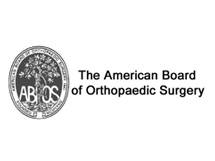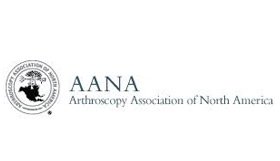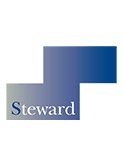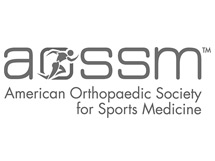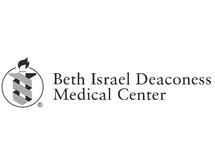Healthcare News
Kids Specializing in One Sport More at Risk for Injury and Burnout, Experts Say
The type of workout you do, and how your body gets its energy to fuel that movement, helps define these different forms of exercise.
The Air-Lift Technique for Improving Ease and Safety When Establishing the Modified Midanterior Portal in Hip Arthroscopy
This article presents a technique for establishing the modified midanterior portal and is particularly useful when the available space is tight. We present “the air-lift” as a safe and simple adjunct to standard portal creation when performing hip arthroscopy in the supine position.
Gluteal tendinopathy associated with poor 1-year outcomes after posterior THA
Patients with gluteal tendinopathy had worse 1-year outcomes after posterior THA vs. patients without tendinopathy.
Updated EULAR recommendations for hip and knee osteoarthritis
Osteoarthritis (OA) affects more than 500 million people worldwide. The disease is age-related, and usually starts to affect people in middle age. For elderly people, OA is the most common cause of disability, resulting in pain, limited mobility, and impacts on participation in both social and work contexts.
Endoscopic surgery treats athletes with osteitis pubis and core muscle injury
Treatment of co-afflicted athletes with femoroacetabular impingement and osteitis pubis or core muscle injury has been a challenging dilemma. Recent developments in peripubic endoscopic surgery may provide a long-awaited solution.






